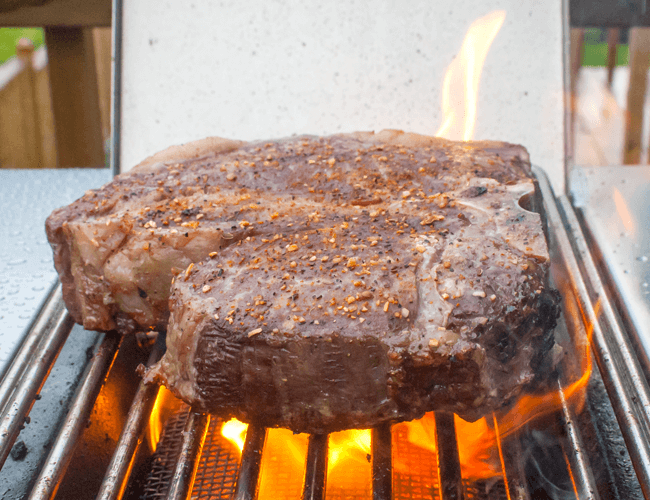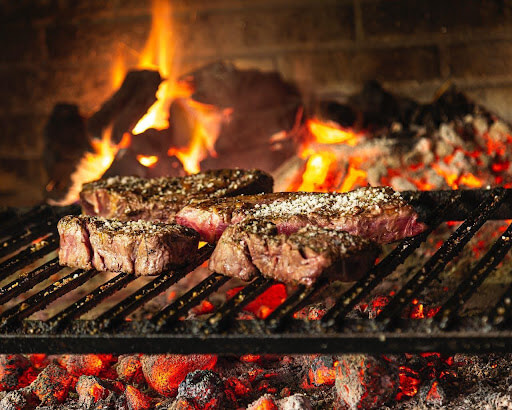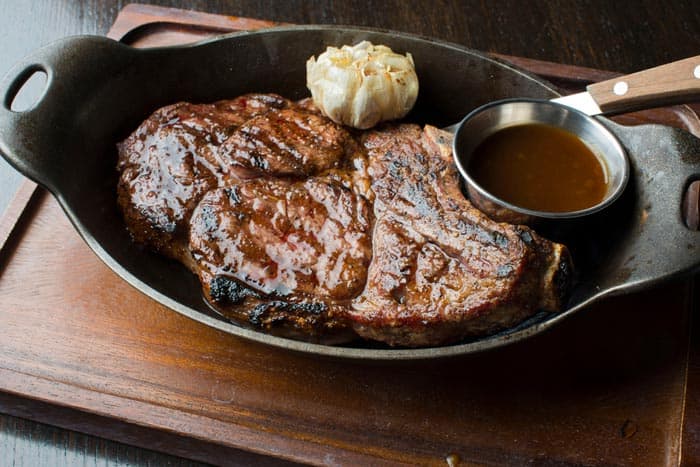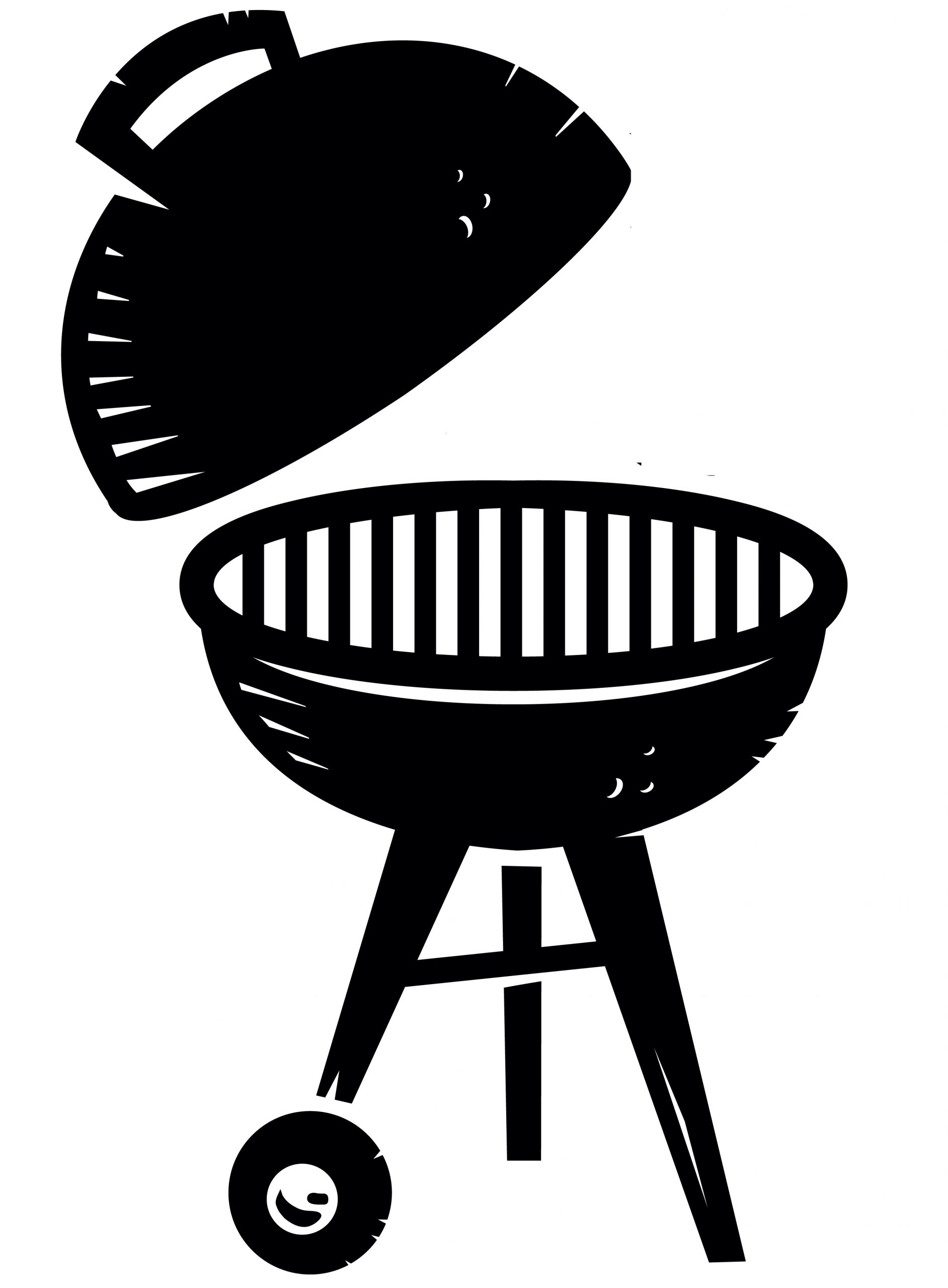When it comes to grilling, few processes are as essential to flavor development as the Maillard reaction. This captivating chemical reaction forms the foundation of the rich, savory, and complex flavors we love in perfectly grilled meats and vegetables. In this article, we delve into the science of the Maillard reaction in grilling, explore ways to maximize its flavor-enhancing potential, and share expert tips to elevate your grilling experience.
Understanding the Maillard Reaction in Grilling
The Maillard reaction is a chemical process that occurs when proteins and sugars in food encounter heat, typically above 300°F (150°C). This reaction is responsible for the browned crust on grilled meats, the golden hue of toasted bread, and the rich aroma of roasted coffee. Unlike caramelization, which is the breakdown of simple sugars, the Maillard reaction is a complex interaction between amino acids and reducing sugars, forming hundreds of unique flavor compounds.
The result? A deep, savory, and complex taste often described as umami or meaty. In grilling, this reaction takes place on the surface where direct heat engages the food, giving grilled dishes their signature color, aroma, and taste.
How the Maillard Reaction Enhances Grilled Flavors
In grilling, the Maillard reaction transforms otherwise simple proteins and sugars into a rich palette of new flavors. Steaks, chicken, pork, and even vegetables benefit from this reaction, which creates a mouthwatering crust while sealing in juices. High grilling temperatures create an ideal environment for this reaction, providing a delightful contrast between a caramelized exterior and a juicy interior.
Key Factors Influencing the Maillard Reaction
- Temperature: The Maillard reaction requires high heat, typically above 300°F (150°C), to activate. Grilling surfaces need to be hot enough to promote browning, with direct heat from coals or burners ensuring this happens efficiently.
- Dry Surface: Moisture inhibits browning because water evaporates at 212°F (100°C), keeping the surface temperature lower than necessary. For maximum browning, dry your meats or vegetables thoroughly before grilling.
- Protein and Sugar Content: Foods high in proteins and natural sugars, like meats, poultry, seafood, and certain vegetables (such as onions and bell peppers), are especially suited for the Maillard reaction. These components provide the essential building blocks for complex flavor compounds.

Techniques to Maximize the Maillard Reaction on Your Grill
Achieving the best results with the Maillard reaction requires adjusting your grilling process to promote browning without overcooking. Here are several techniques to help you make the most of this reaction:
Preheat the Grill ProperlyPreheating the grill is essential for creating the high heat needed. Whether you use a charcoal or gas grill, give ample time for the grates to become extremely hot. This direct contact allows a rapid Maillard reaction, sealing in juices and forming that desirable crust. Without preheating, the food may cook unevenly, and browning may be compromised.
Dry the Surface Before GrillingOne simple yet effective step is ensuring a dry surface before grilling. Use paper towels to thoroughly pat down meats and vegetables. The drier the surface, the faster it will reach the Maillard reaction threshold, creating more pronounced browning. Excess moisture causes steam rather than a sear, inhibiting the reaction.
Mind Your MarinadesWhile marinades enhance flavor, they can prevent browning if too wet. Marinate your food, then pat it dry before grilling. Alternatively, use ingredients that promote browning, such as soy sauce or honey, which are high in sugars and amino acids. Keep an eye on sugary marinades, though, as they can burn quickly.
Avoid Overcrowding the GrillOvercrowding leads to steaming, which cools the grill surface and prevents browning. Leave ample space between items on the grill, allowing hot air to circulate freely. This prevents uneven cooking and ensures that every piece gets a consistent, browned exterior.
Sear First, Finish with Indirect HeatFor thick cuts, such as steaks or pork chops, begin with a high-heat sear to initiate the Maillard reaction. Once browned, move the meat to indirect heat to complete cooking. This approach helps retain juices and tenderness while giving the Maillard reaction time to develop.
Let Meat Rest After GrillingAfter grilling, let your meat rest for several minutes. While resting doesn’t affect the Maillard reaction directly, it allows juices to redistribute, making each bite juicy and flavorful. This step also minimizes moisture loss when cutting, preserving the texture created by the Maillard reaction.
Choosing Equipment and Tools to Boost the Maillard Reaction
The right equipment can make a significant difference in achieving the Maillard reaction. High-quality grills that retain and distribute heat evenly are essential, and specific tools like cast iron grates can further enhance browning. Here’s how to choose equipment that helps:
Cast Iron Grates for Better BrowningCast iron grates are ideal for the Maillard reaction due to their excellent heat retention and distribution. These grates help maintain consistent heat, leading to better crust formation. Always preheat cast iron grates thoroughly before placing food on them for optimal browning.
Infrared Burners for Intense HeatSome grills are equipped with infrared burners, which use intense, radiant heat to quickly sear food. These burners are perfect for initiating the Maillard reaction on thicker cuts like steaks or chicken. After searing, move the food to a cooler grill area to finish cooking.
Thermometers for Precision CookingPrecision is essential to avoid overcooking while allowing enough time for the Maillard reaction to occur. Use an instant-read thermometer to check internal temperatures, especially for delicate items like fish or thinner cuts of meat, ensuring they reach the right doneness without drying out.

Maillard Reaction vs. Caramelization: Key Differences
Although both the Maillard reaction and caramelization involve browning, they differ in their flavor contributions. The Maillard reaction occurs between amino acids and reducing sugars, creating savory, umami flavors. Caramelization, in contrast, is the thermal breakdown of sugars alone, producing sweet, nutty, and buttery notes. Caramelization typically occurs at higher temperatures and enhances foods with high sugar content, such as onions and fruits.
Knowing the difference is helpful in grilling, as foods undergoing the Maillard reaction offer a deeper, more complex flavor profile than those that rely on caramelization alone.

Conclusion: Mastering the Maillard Reaction for Delicious Grilling Results
Grilling is as much a science as it is a skill, with the Maillard reaction at the heart of the rich flavors associated with perfectly grilled foods. By understanding the chemistry behind this reaction and optimizing it through smart grilling techniques, you can elevate the taste and texture of your grilled creations. Focus on maintaining high heat, drying surfaces, and using quality tools to maximize browning and flavor development. With these principles in place, you’ll be well-equipped to achieve professional-level grilling results, creating dishes that impress with every bite.
